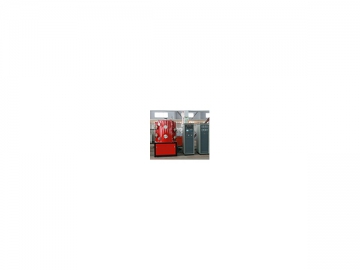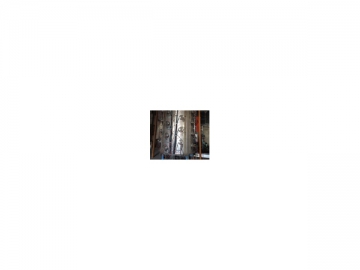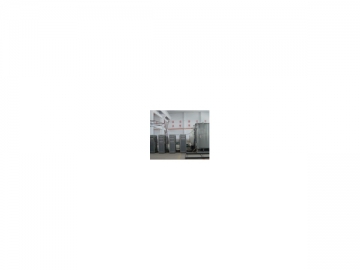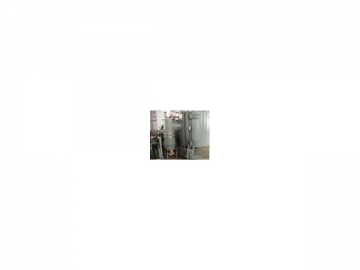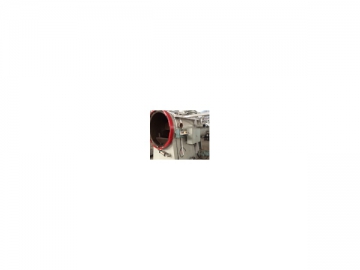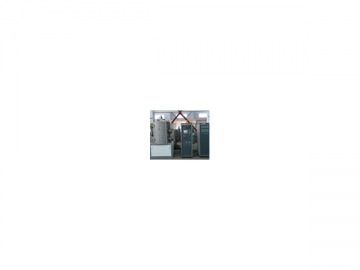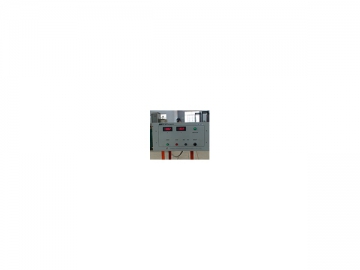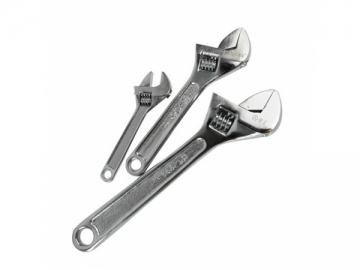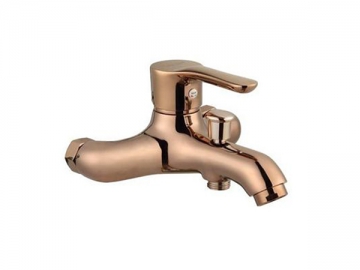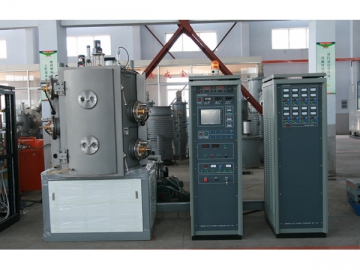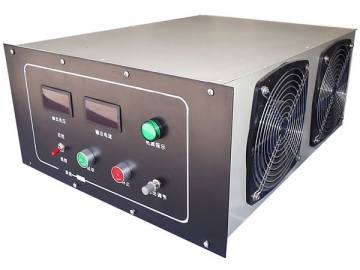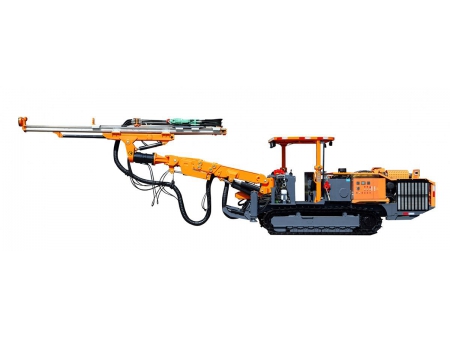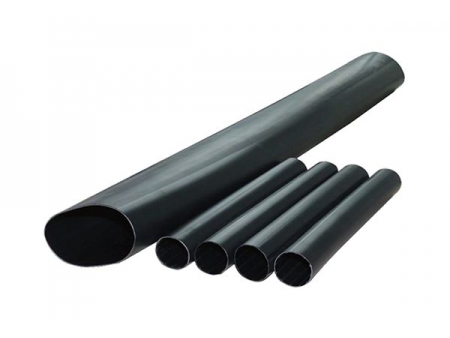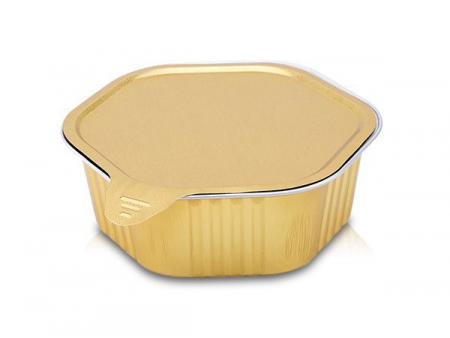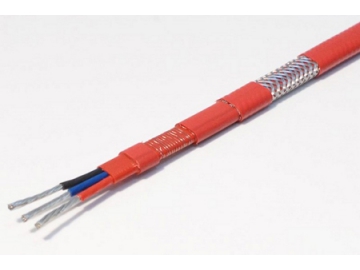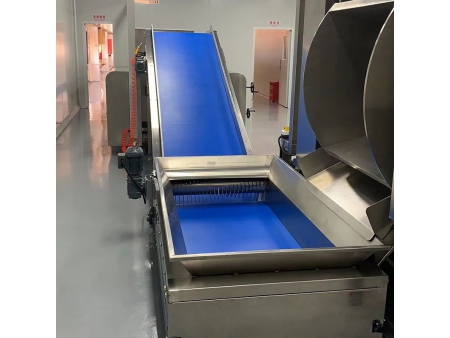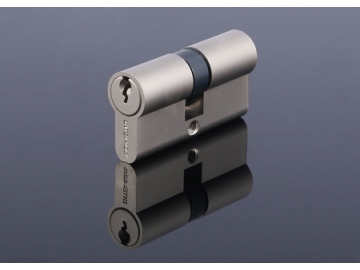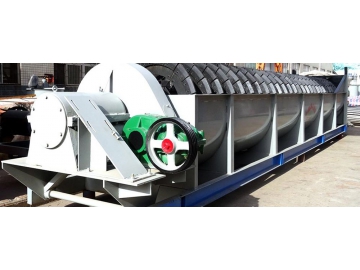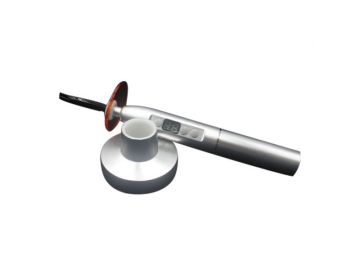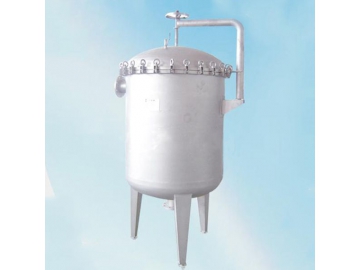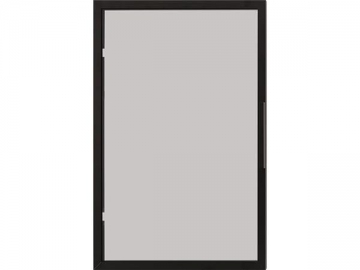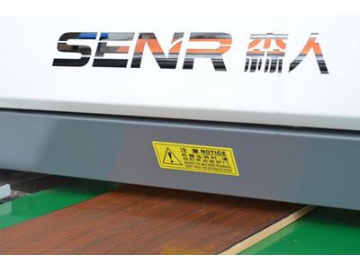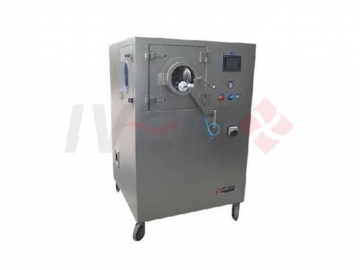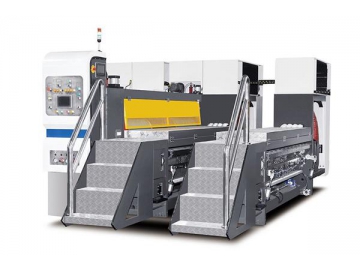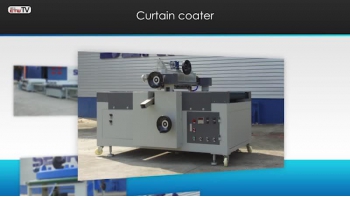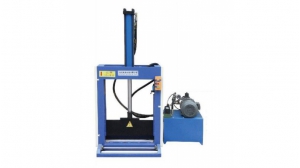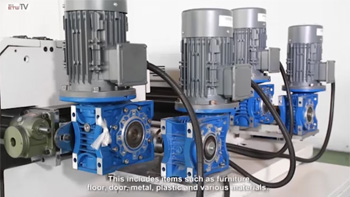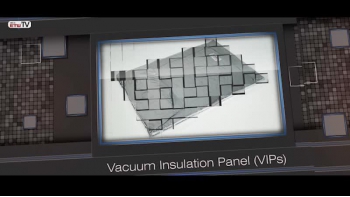Vacuum Coater
Coating is to tools and parts what clothing is to human beings. When it comes to metallic coating, often times people will use hot-dip galvanizing, electroplating or thermal spraying by default because that is what has always been used. But many times, vacuum coating is a better solution, as it provides a more uniform deposit, improved adhesion, no edge build-ups, and wider choices of metals and metal compounds to be deposited.
Vacuum coating is the process of adding a thin film of coating to a material. The material to be coated is technically known as the substrate. What acts as the source of coating is called the target. The coating process is formally referred to as deposition, whereby metals, alloys, or compounds are deposited on the surface of the substrate.
True to its name, vacuum coating takes place in a vacuum environment or a low-pressure plasma environment. A plasma is an ionized gas, providing positive ions and free electrons. An example of a plasma environment is the ionized argon gas. Another example is the ionized nitrogen. In some cases the material being deposited reacts with the gaseous environment to form a film of a metal compound, i.e., metal nitride, where the nitrogen comes from the gaseous environment, and the metal comes from sputtering or arc vaporization of a solid metal.
Sputtering deposition is a process whereby ionized gas, for example argon ion, hits the target (usually a solid metal) so hard that the ions in that metal are energized and sputter (bombard) the substrate to form a deposition.
Arc vaporization usually uses one cathode and two anodes to produce electric arcs. The electric arc vaporizes the cathode material into a plasma state. The ionization of atoms from the cathode is known as arc vaporization or cathodic arc technology. The free ions bombard the substrate and form a firm film of coating on its surface.
All these evaporation techniques mentioned above fall into the category of physical vapor deposition, abbreviated to PVD, which differs from CVD, short for chemical vapor deposition. Note that there is another technique of PVD, called ion plating, a process that is beyond our service range.
Because all our processes involve coating metal on the surface of objects in a vacuum environment, they are also called vacuum metallizing. The machine that conducts the process is referred as the vacuum coater, or vacuum metallizer.
Important
Many Chinese vacuum coater manufacturers confuse arc vaporization with ion plating. Some have even created the term multi-arc ion plating, which is now plaguing the website. The biggest difference between the two processes is that ion plating uses electron beams to evaporate the target material, whereas arc vaporization creates electric arcs to vaporize the target. So next time you come across the term multi-arc ion plating, there is a good chance that what it really means is an arc vaporization system.

